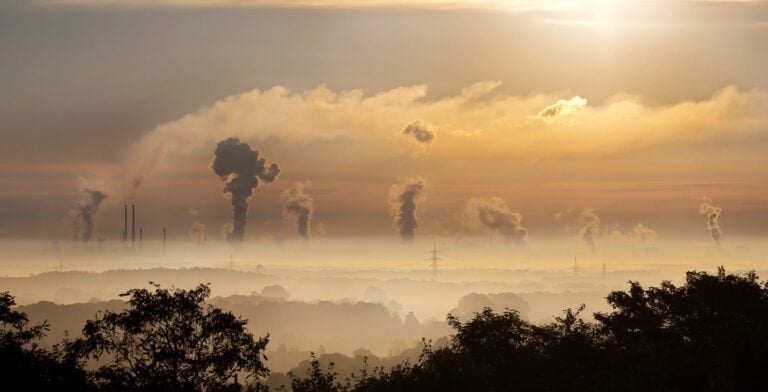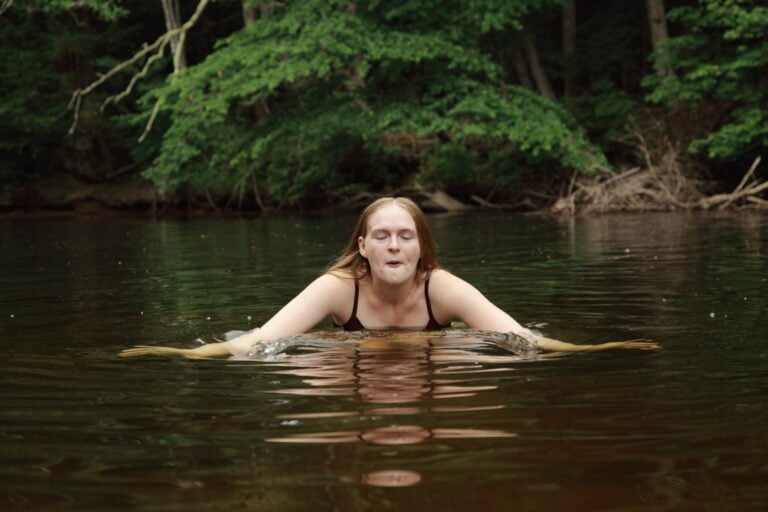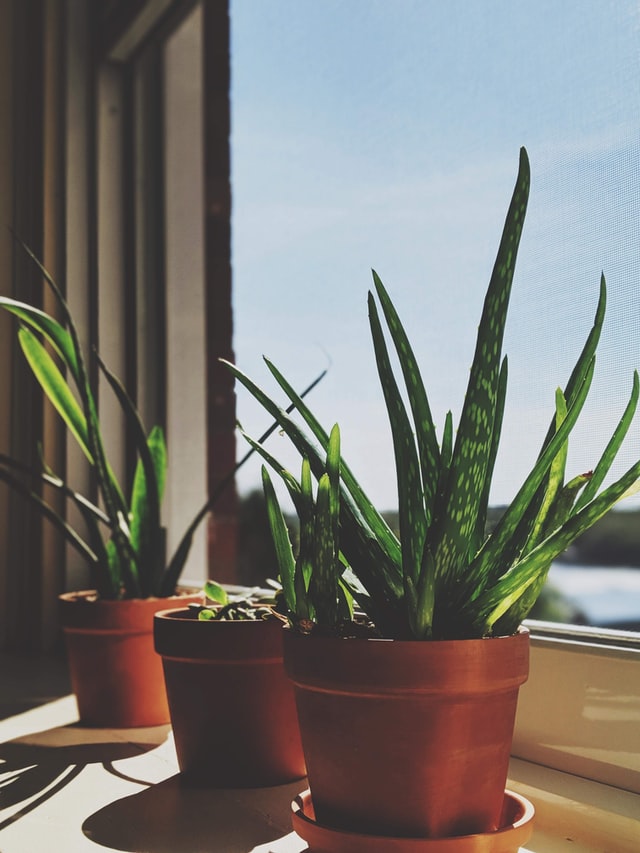Don’t Let the Big Picture Stop You From the Small Steps
 The climate crisis is terrifying. NASA reports that the earth’s atmosphere has warmed by 1.18c since the 19th century, glaciers are retreating around the world, and the sea has risen 8 inches in the past century.
The climate crisis is terrifying. NASA reports that the earth’s atmosphere has warmed by 1.18c since the 19th century, glaciers are retreating around the world, and the sea has risen 8 inches in the past century.
Many of us feel the desire to help combat climate change but are overwhelmed by the negative actions of multinational businesses and governments. However, if we are to build a greener tomorrow, we must begin to see our small actions as part of a larger whole.
Taking small steps that intrinsically advocate for sustainability puts political pressure on governments and businesses, and adopting changes early will make future transitions to climate-conscious lifestyles that much easier.
Sustainable Vehicles
Twenty-nine percent of our greenhouse gases are created by the vehicles we use for transport. While many of us would love to own a new Tesla, electric cars are not viable for many. However, even if you can’t afford to go electric, there are still steps you can take to make your vehicle as sustainable as possible.
- Maintain Your Car: cars that are well maintained last longer and can reduce the environmental toll of scrapping; you can even learn to do this yourself.
- Ensure Your Car Runs Well: cars that are regularly serviced, have correct tire pressure, and run with motor clean oil are more energy efficient.
- Public Transport: many US cities do not have adequate access to trains and buses. However, if you live in a city which does have well-funded public transport, then you should take advantage.
- Bike When You Can: cycling’s popularity is rising. In response, many cities are investing in bike lanes and greenbelts for cyclists to enjoy.
It’s hard to be carbon-neutral where transport is concerned. In reality, many of us are waiting for the White House to take the lead and implement emission-reducing rules as outlined in this year’s climate address. Until then, we can all do our bit to ensure our cars are running longer, and use public services like buses and safe bike lanes.
Gardening and Microenvironments
“No lawn is an island,” writes Michael Pollan in his book Second Nature. Our gardens form a patchwork of green that serves as a refuge for bugs, birds, seeds, and weeds. That means we have to think of our gardens as ecological microenvironments. That doesn’t mean you have to do away with the roses and shrubbery, but it does mean you should avoid damaging chemicals and sanitized lawns.
Peat
Peat is a mineral-rich soil with an acidic Ph profile. It has great aeration, and helps soil retain its moisture — it’s like gold for your garden. However, peat harvesting is extremely unsustainable. Peat is sourced from bogs which store one-third of the Earth’s soil carbon, despite only covering 3% of the landmass. If you’re looking to create a more sustainable garden, you must eliminate peat from your soil, and source sustainable soil alternatives like natural compost which can be made from animal manures and the rotting vegetables from your garden.
Growing Your Own Fruit and Vegetables
Growing your own fruit and veg is a great way to reduce your carbon footprint. Recent estimates suggest that produce travels an average of 1,500 miles before it ends up on our plate, with a total fossil-fuel cost of nearly 10 carbon-kilos per kilo of food. That ratio of carbon to food is clearly out of control and is something we all need to consider when shopping.
However, organic food is usually expensive. As such, choosing to grow your fruit and veg — even if you have limited space — can be a great way to reconnect with food and save money. Vegetables like carrots and onions can be grown indoors, and don’t need much sunlight to prosper — just be sure to choose indoor potting soil.
If you are planning to grow outside the best method is to experiment! You can’t be sure of what works until you try it out in your soil, and you’ll be surprised by how much you can learn in just one season. A word of caution: if you’re digging up old soil in your garden, watch out for vermiculite, as it may be contaminated with asbestos. If in doubt, just throw it out.
At their best, gardens are wonderful microenvironments that connect us to nature and our communities. Even if you have a small space, plants like climbing hydrangeas and laceflower can provide insects with a needed resting place and encourage productive bees into your garden. By gardening with sustainability in mind, you create food for your table and can encourage wildlife back into your community.
Creating Community
Humans love to work together on common goals and can find a sense of fulfillment when getting pitching in collectively. In fact, recent reports have found that sustainable communities are the happiest communities. That’s because folks who work together on sustainability share a common goal, and can see the fruit of the labor in front of their eyes.
If you’re not sure of how to start a sustainable community in your area, you should check in with your local Home Owners Association (HOA). HOAs provide funding for sustainability projects and can provide members with guidance. Common projects that HOAs invest in are:
- Community gardens
- Recycle programs
- Sustainability education programs
- New eco-friendly technologies like solar and rain-water barrels
Finding connections with your community is a great way to maintain your drive for sustainable practices. In addition, community action shows local governments that there is a significant interest in sustainability. Whether you want to create political change or just spend a Saturday digging in the dirt, connecting with your community is a great way to go.
A Greener Tomorrow
There are plenty of ways you can reduce your carbon footprint and slow the climate crisis. By taking simple steps like servicing your car or cycling, you can create more efficient transport options for yourself and your family. Additionally, reaching out to your community can improve your quality of life, and can encourage the next generation to live more sustainable, climate-conscious lives.


